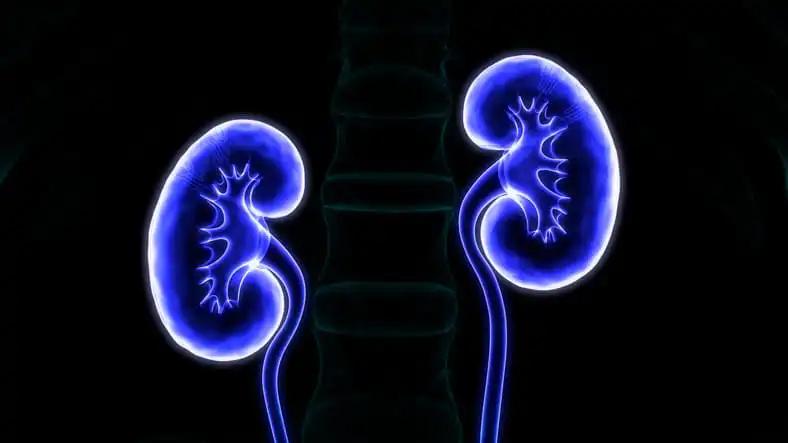KEY TAKEAWAYS
- The study aimed to investigate the unique imaging characteristics of SUC of the bladder and identify factors that differentiate it from CUC.
- Researchers noticed that distinct imaging features, such as large size and necrosis, are key in differentiating bladder SUC from CUC.
Sarcomatoid urothelial carcinoma (SUC) is an uncommon and aggressive variant of bladder cancer associated with a poor prognosis. The current understanding of the imaging characteristics of bladder SUC is limited, and there is a lack of reliable indicators to differentiate it from conventional urothelial carcinoma (CUC).
Jiayi Zhuo and the team aimed to identify specific imaging features of bladder SUC and to determine distinguishing factors for its differential diagnosis.
They performed an inclusive analysis of clinical, pathologic, and imaging data from patients, enrolling 22 participants diagnosed with bladder SUC and 61 with CUC. Using a retrospective approach, the study collected comprehensive data from both groups, including CT and MRI findings.
Comparisons were made between the groups through univariate analysis and multinomial logistic regression to identify distinguishing features and determine the factors differentiating SUC from CUC.
The majority of SUCs were found to be located in the trigone of the bladder. These tumors exhibited large size, irregular shape, low ADC values, Vesical Imaging-Reporting and Data System (VI-RADS) scores of 4 or higher, presence of necrosis, and an invasive nature. Univariate analysis indicated significant differences between SUCs and CUCs in terms of tumor location, shape, maximum long-axis diameter (LAD), short-axis diameter (SAD), ADC-value, VI-RADS scores, necrosis, extravesical extension (EVE), pelvic peritoneal spread (PPS), and hydronephrosis/ureteral effusion, with (P < .001 ~ P = .037).
Multinomial logistic regression identified SAD (P = .014) and necrosis (P = .003) as independent predictors for distinguishing SUC from CUC. The model based on these two factors achieved an area under the curve (AUC) of 0.849 in ROC curve analysis.
The study concluded that bladder SUC exhibits several distinct imaging features, such as a high incidence of trigone involvement, large tumor size, and clear invasiveness accompanied by necrosis. These characteristics, particularly the presence of a large SAD and necrosis, are significant indicators that a bladder tumor is more likely to be SUC rather than CUC.
The study received no funds.
Source: https://pubmed.ncbi.nlm.nih.gov/39095926/
Zhuo J, Han J, Yang L, et al.(2024). “CT and MRI features of sarcomatoid urothelial carcinoma of the bladder and its differential diagnosis with conventional urothelial carcinoma.” Cancer Imaging. 2024 Aug 2;24(1):102. doi: 10.1186/s40644-024-00748-x. PMID: 39095926; PMCID: PMC11295343.



